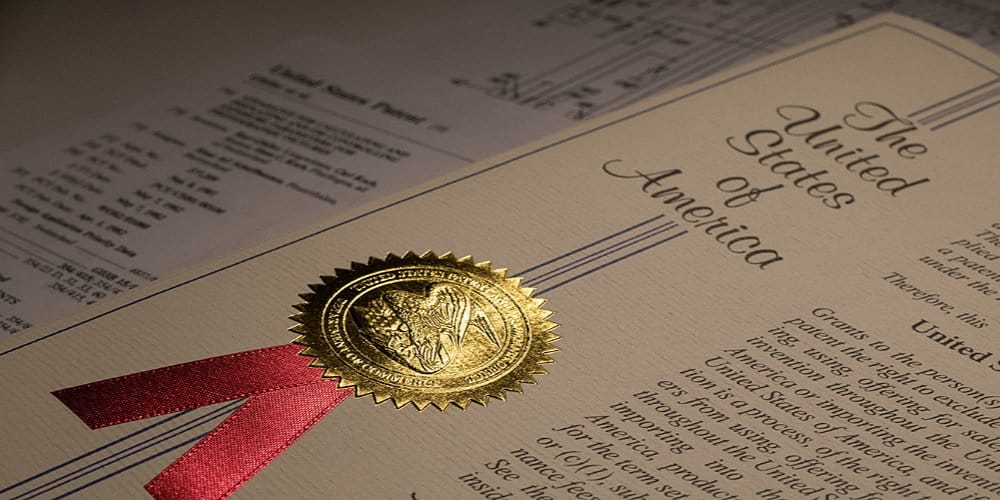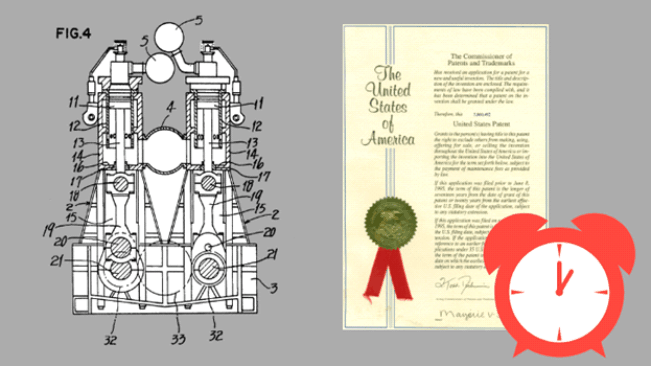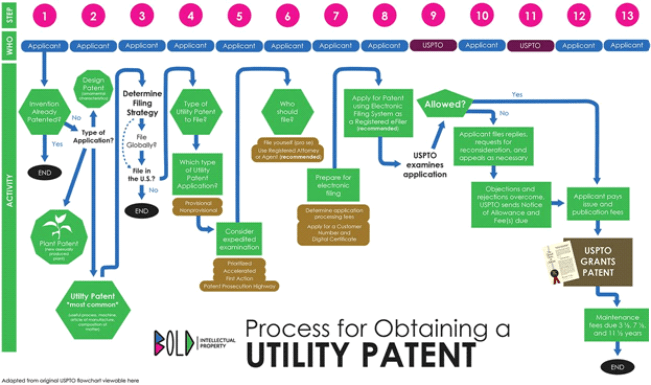Patent Your Product Before You Miss Out
Behind any great product is an inventor — and a patent.
Patents are a powerful form of intellectual property protection. They can save inventions from being infringed upon by copycats, can provide a multitude of licensing and monetization opportunities, and can give your new invention a heightened level of credibility that will attract inventors.
If you have a novel, non-obvious, and game-changing product idea on your hands, it is best to file as early as possible for a patent so you don’t miss out on any opportunities that may come your way.
Why Should I Patent My New Product?
First, patents are powerful due to the inherent value of inventions. If you’ve objectively determined that you have a valuable invention on your hands, it is prudent to get patent protection as soon as possible. Patent protection can bring you two kinds of comfort: the comfort of being in the lead over people who might steal your idea before you hit market, and then the comfort of knowing that your invention is protected by law which will come in handy if someone tries to copy your idea.
Second, once you have a patent for your new invention, you can more easily justify your subsequent investments in design, research, production and marketing- which will make you more attractive to investors at the end of the day. Patents have applications across multiple industries, making your invention credible in more than just the space you are inventing in.
Third, patents bring powerful licensing opportunities that can help you capitalize upon your invention.
Patenting Early
Most new product ideas will likely fall under the scope of utility patents. These protect any new and useful process, machine, article of manufacture, or composition of matter, or any new and useful improvements to an existing object. These are by the most common type of patent, encompassing more applications than the other two types.
Below is a chart taken from Bold Patents “How to Patent and Idea” blog article that shows you the exact steps to take for when filing a Utility Patent.
If it meets the eligibility requirements, an inventor can file both provisional and non-provisional patent applications. An approved provisional patent application (PPA) indicates that a patent is pending. Getting a provisional patent application (PPA) as soon as possible is the best move for an inventor. It holds your place as the primary inventor, allows you to do R&D, product testing, marketability assessment, prototype design, etc.
While a PPA does not grant legally enforceable rights, it can preserve an early effective date. To receive a PPA, an inventor must file an application that adequately describes how to make and use his or her invention. If the inventor does not file a full non-provisional patent application within one year, the provision patent will expire.
A utility patent is the same thing as a non-provisional patent application (NPA). A non-provisional application, as one might expect, is more formal than the provisional. This type must contain all of the sections in great detail, including a brief description of the product, drawings, summary, background, field of invention and most importantly, a list of claims. Unlike the provisional, the non-provisional application must point out and distinctly claim the invention they are claiming is their own.
Tips For a First Time Inventor
J.D. Houvener, founder & CEO of Bold Patents, says that a good tip is to:
“Seek patent protection on your product with enforcement in mind. Work with the right patent attorney from day one. Don’t just try to work with any old patent agent, or try to do it yourself to just get the patent through. If you’re going to do the process, do it right, and work with an attorney to think through how you will monetize it and enforce your rights. The time may come to prevent infringers and copycats from trying to rip off your idea, and it is best to be prepared rather than caught off guard.”
Another good rule of thumb is to keep your intervention under wraps before you file for a patent. If you need to disclose your invention to the marketplace be sure to have at least a provisional patent.
If you would like to determine whether your invention is patentable, this website may be a helpful resource.
If you liked this article and would like to engage with other small business entrepreneurs selling on marketplaces, join our [the_ad id=”41560″ inline =”1″]. You can also find us on [the_ad id=”41579″ inline =”1″], [the_ad id=”41573″ inline =”1″], [the_ad id=”41575″ inline =”1″], and [the_ad id=”41577″ inline =”1″] or sign up for our newsletter below.
SIGN UP. BE INSPIRED. GROW YOUR BUSINESS.
We do not sell your information. You can unsubscribe at any time.





